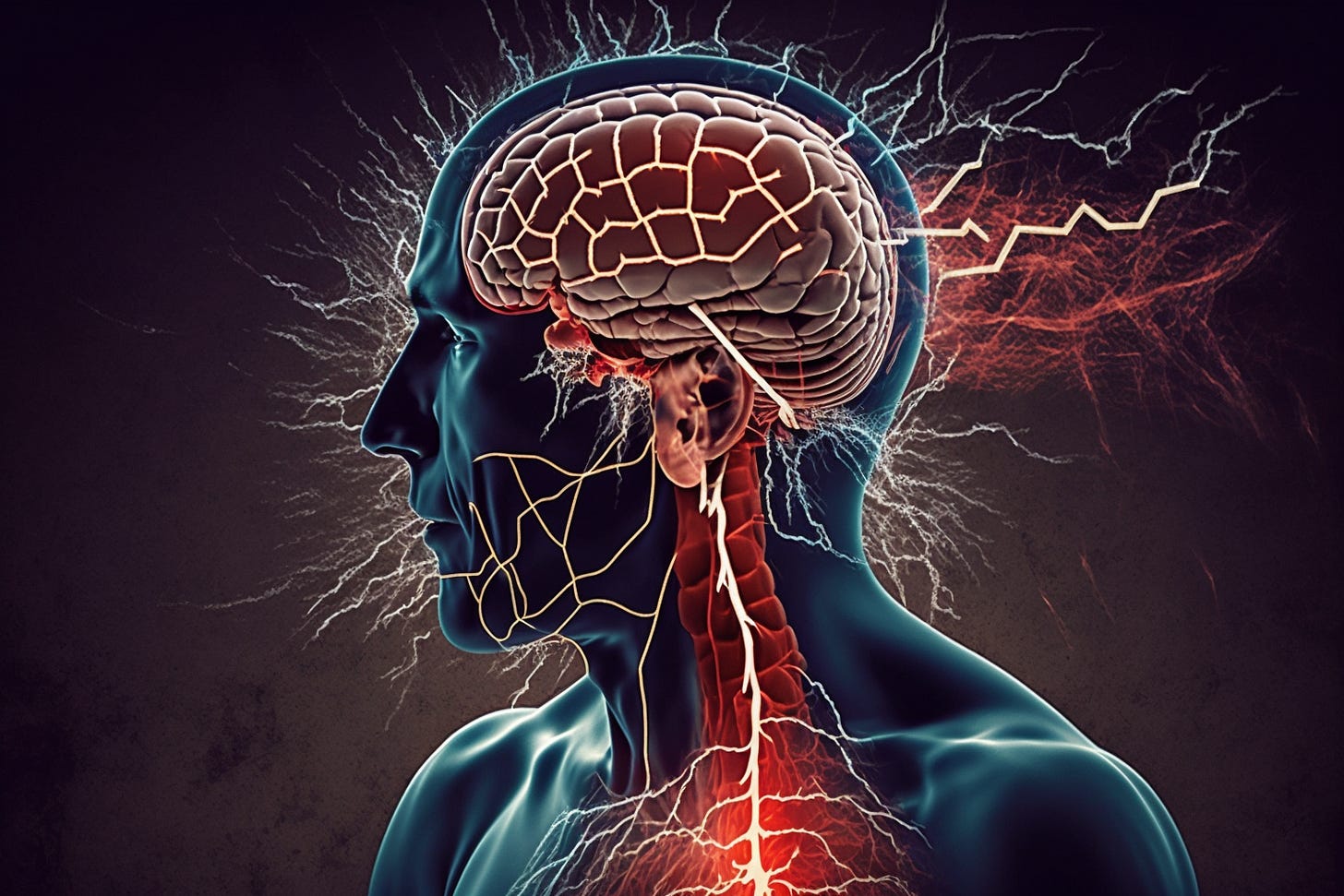How to prevent stroke
Preventing Stroke: Understanding the Risk Factors, Symptoms, and Lifestyle Changes That Can Help Save Lives
What is a stroke
A stroke is a medical emergency. They occur when the blood supply to part of your brain is cut off. Strokes can happen to anyone at any time, but they are more common in older individuals.
The symptoms of a stroke depend on which part of the brain has been damaged. They can include:
losing movement in one or both arms;
losing feeling or sensation in one arm or leg;
problems with balance and coordination;
slurred speech;
blurred vision;
severe headache.
If you have any of these symptoms, call emergency services immediately and ask for an ambulance – don't wait! The sooner treatment starts, the better the chance of recovery from a stroke.
There are two main types of strokes:
Ischemic strokes happen when there's a blockage preventing blood getting to part of the brain – usually due to a clot (thrombosis).
Hemorrhagic strokes occur when bleeding occurs inside the skull around the brain – this may be caused by ruptured blood vessels (aneurysms) or other head injury. Treatment depends on what type of stroke you have had and how severe it is.
An ischemic stroke is the most common form of the stroke accounting for 85% of total strokes while hemorrhagic stroke constitutes 15%. Ischemic strokes tend to be less serious with better outcomes while hemorrhagic strokes are considered to be more of an emergency condition requiring immediate attention in order to save a life.
Strokes are a leading cause of death and disability, but they are also one of the most preventable diseases. Up to 80% of strokes can be prevented with lifestyle changes and medical interventions.
The best way to prevent a stroke is to live a healthy lifestyle. This means eating a healthy diet, exercising regularly, not smoking, and keeping your blood pressure under control. You can also reduce your risk by taking medication if you have high blood pressure or other conditions that put you at risk for stroke.
What diet can prevent a stroke
A diet rich in fruits and vegetables may help protect against stroke, according to a new study.
The study, published in the journal Stroke, found that people who ate the most fruit and vegetables had a 32% lower risk of stroke than those who ate the least.
Fruits and vegetables are good sources of vitamins, minerals, antioxidants, and other nutrients that have been linked to a reduced risk of stroke.
This is not the first study to suggest that eating more fruits and vegetables can help prevent strokes. A large review of studies published last year found that every extra portion per day was associated with an 11% reduction in stroke risk.
What kinds of exercise can prevent a stroke
Exercise is one of the most important things you can do to prevent a stroke. Just 30 minutes of moderate exercise each day can help keep your blood pressure under control and reduce your risk of having a stroke by up to 27%.
There are many different types of exercises that can help reduce your stroke risk, but some of the best include walking, jogging, swimming and cycling. If you’re not used to exercising, start slowly and build up gradually. Remember to warm up before you start and cool down afterwards.
If you have any medical conditions or health concerns, speak to your doctor before starting an exercise program. They will be able to advise what type of exercise is best for you based on your individual needs
This article is part of the Know-It-All project. Do you have a suggestion about another topic you’d like us to cover? Get in touch at know-it-all@555vCTO.com




